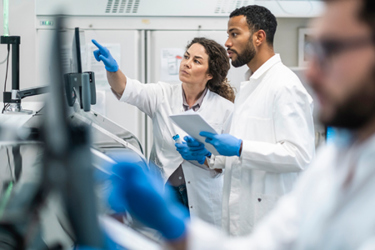Demonstrating Key Processes Of The T Cell Therapy Workflow In Chemically Defined Media
By Anastassia Tselikova, Shahram Shahabi, and Chandana Sharma, department of research and development, FUJIFILM Biosciences

Achieving sufficient cell numbers with high viability and consistent clinical quality is paramount for successful T cell immunotherapy generation. Moving away from undefined media components, like serum-derived proteins, is key to reducing variability and enabling a safer, more efficacious translation to clinical use. Chemically defined (CD) media offer a reliable path to consistent, reproducible scale-up, helping manufacturers transition smoothly from preclinical development to GMP manufacturing.
This data demonstrates how CD media and related reagents support key processes in the T cell therapy workflow. You’ll see that PRIME-XV T Cell CDM supports robust cell activation, lentiviral transduction, and scalable expansion of human peripheral blood mononuclear cell (PBMC)-derived T cells in both static (G-Rex) and dynamic (Quantum hollow fiber bioreactor) culture systems. Furthermore, the expanded T cells maintain robust functionality after antigenic stimulation. Finally, discover how PRIME-XV cryopreservation media supports effective DMSO-free cryopreservation and a simplified, wash-free thawing step, which streamlines the manufacturing process.
Learn how a compatible toolset of CD media, DMSO-free cryopreservation solution, and GMP recombinant proteins can powerfully support T cell therapy manufacturing processes.
Download the full poster to see the comparative data across the full workflow.
Get unlimited access to:
Enter your credentials below to log in. Not yet a member of Cell & Gene? Subscribe today.
